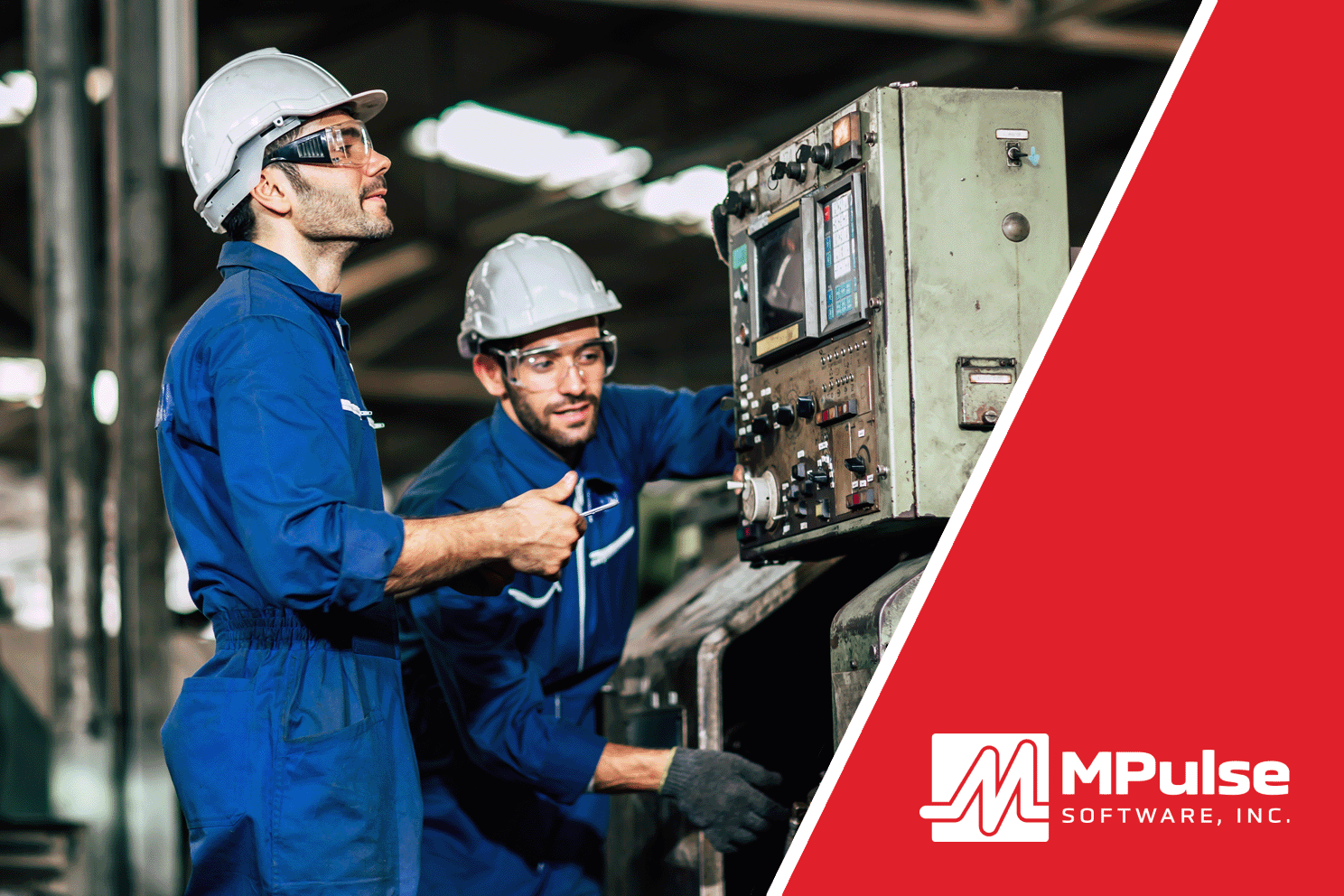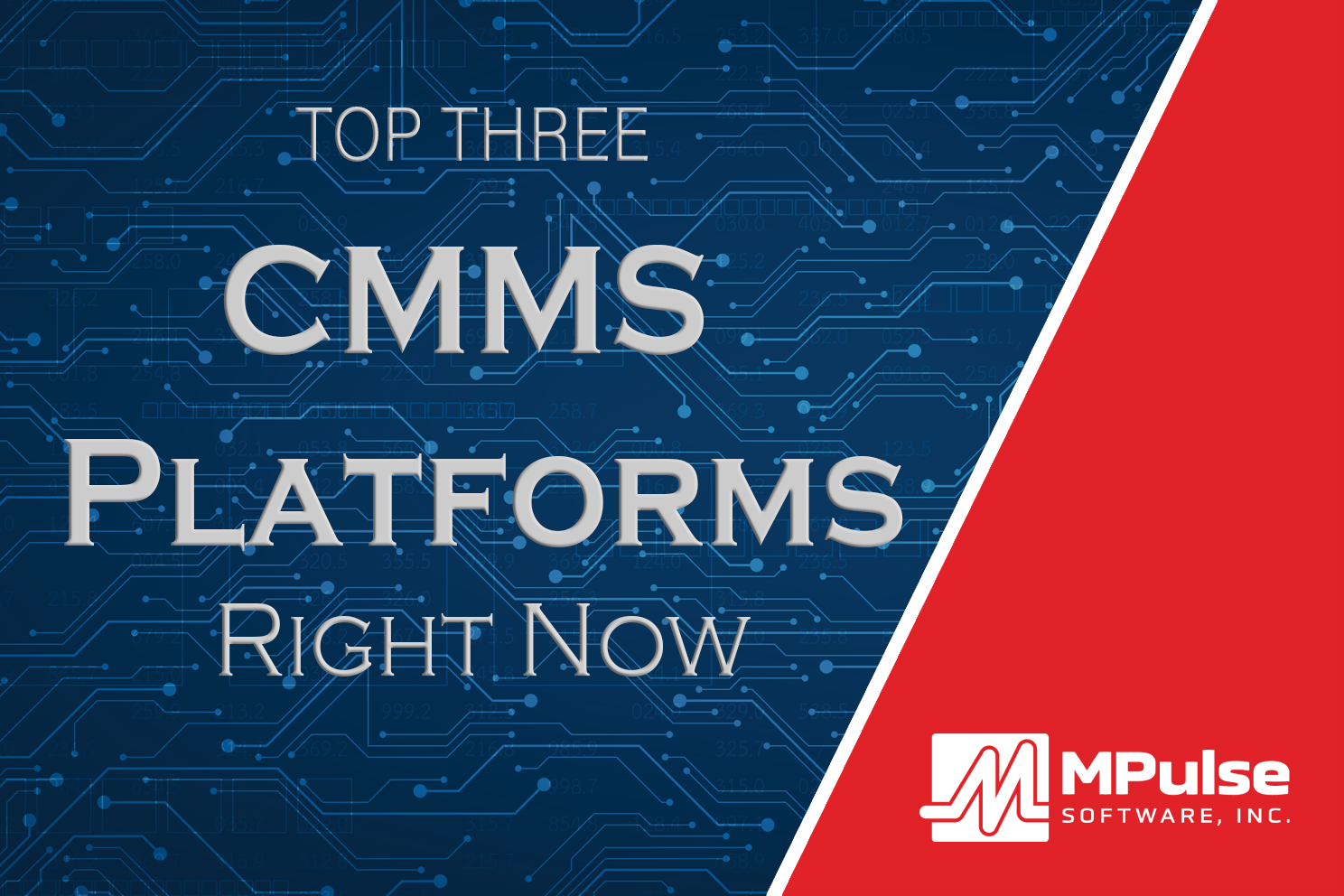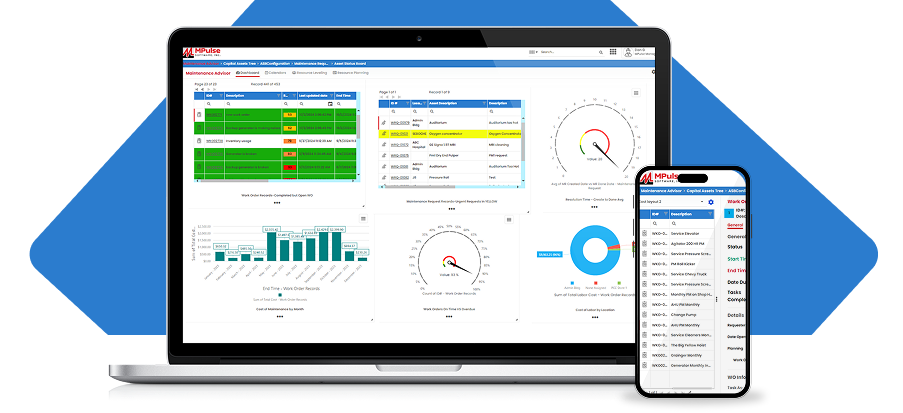Whether it’s a car, an appliance, or industrial equipment, repairs can be costly and time-consuming. But what if you could avoid those unexpected breakdowns and save money in the long run? That’s the power of preventive maintenance.
Preventive maintenance means taking care of equipment before it fails. It involves regular inspections, cleaning, lubrication, and replacing worn-out parts. By doing this, businesses and individuals can extend the life of their assets, improve efficiency, and reduce costs.
Table of Contents
Preventive Maintenance ROI
Preventive Maintenance return on investment (ROI) is the money saved by taking care of equipment before it breaks. It compares the cost of regular check-ups and small repairs to the savings from avoiding big breakdowns, reducing downtime, making equipment last longer, and keeping things running smoothly. A high ROI means that spending a little on maintenance now saves a lot of money and trouble later, making it a smart choice for businesses and individuals.
The return on investment (ROI) for preventive maintenance is significant, and here’s why.
Lower Repair Costs
One of the biggest benefits of preventive maintenance is saving money on repairs. Fixing something after it breaks is almost always more expensive than maintaining it properly. Emergency repairs often require rush orders for parts, hiring specialized technicians, and even shutting down operations while waiting for a fix. These unexpected expenses can add up quickly. With regular maintenance, small problems can be caught early and fixed before they turn into big, expensive issues.
Extended Equipment Lifespan
Think about your car. If you never change the oil, the engine will wear out much faster. The same goes for any piece of equipment. Regular maintenance helps keep everything running smoothly for a longer time. As a result, organizations don’t have to replace equipment as often, leading to big savings. Instead of buying new machinery or assets every few years, companies can get the most out of their investments.
Improved Efficiency and Performance
Well-maintained equipment works better, leading to lower energy costs and improved productivity. A machine that is clean and properly lubricated will run more efficiently than one that is dirty and neglected. In factories, well-maintained machines produce better-quality products with fewer defects. For facilities, maintaining heating and cooling systems can lower energy bills and keep workplaces comfortable year-round.
Reduced Downtime
When equipment breaks unexpectedly, operations may come to a halt. In businesses, this downtime means lost productivity and revenue. Employees may be unable to do their jobs, and customers may not receive their products or services on time. Preventive maintenance helps prevent these disruptions by keeping equipment in good working order. By scheduling maintenance during planned downtimes, businesses also can avoid sudden shutdowns and keep everything running smoothly.
Increased Safety
Faulty equipment can be dangerous. A worn-out part in a machine could lead to an accident, harming workers or customers. Regular maintenance helps identify and fix potential hazards before they cause harm. In particular, equipment failure could lead to serious injuries in industries like construction, manufacturing, and transportation.
Better Compliance with Regulations
Preventive maintenance ensures that equipment meets safety and environmental standards, helping businesses stay compliant with laws and regulations. Companies that ignore these rules may face fines, legal trouble, or even shutdowns. It also demonstrates a commitment to quality and safety, which can improve a company’s reputation.
The Role of CMMS Software in Preventive Maintenance ROI
CMMS helps businesses schedule, track, and document maintenance activities, ensuring nothing is overlooked. It provides automated reminders, keeps a record of maintenance history, and helps optimize inventory management for spare parts. By using CMMS, organizations can streamline their maintenance processes, reduce human errors, and improve overall equipment performance. Investing in CMMS software enhances preventive maintenance programs, making them more effective and cost-efficient.
Cost vs. Benefit Analysis
Some businesses hesitate to invest in preventive maintenance because it requires time and money. However, the costs of neglecting maintenance are often much higher. The National Institute of Standards and Technology reports that reactive approaches can incur costs that are 2 to 5 times higher than preventive strategies. Additionally, the money saved on replacements, energy efficiency, and reduced downtime far outweighs the upfront cost of regular maintenance.
For example, a manufacturing company might spend $10,000 per year on preventive maintenance but save $50,000 in avoided repairs and lost production time. That’s a 400% return on investment!
How to Implement Preventive Maintenance
Starting a preventive maintenance program is easier than it sounds. Here are some simple steps:
- Create a Maintenance Schedule: Set up regular inspections and servicing based on manufacturer recommendations and past experience.
- Train Employees: Ensure workers know how to spot signs of wear and tear and report issues early.
- Keep Records: Track maintenance activities to identify patterns and make data-driven decisions.
- Use Technology: Many businesses use software to schedule and monitor maintenance, reducing human error and improving efficiency.
- Invest in Quality Parts and Services: Skimping on maintenance materials can lead to bigger problems later, so always choose reliable suppliers.
Why Preventive Maintenance ROI Matters
Preventive maintenance one of the smartest investments a business or individual can make. It reduces costs, extends the life of equipment, improves efficiency, and enhances safety. While it may require some upfront effort and spending, the long-term savings and benefits make it well worth it. Instead of waiting for things to break, take action now and enjoy the rewards of a well-maintained system. In the end, prevention is always better than a costly cure.
Have questions? Contact us. We’re here to help.






